March 6, 2025
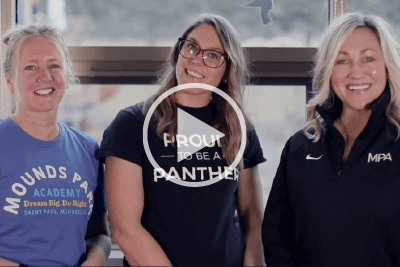 from Ashley Goetzke, director of development and community engagement
from Ashley Goetzke, director of development and community engagement
Editor’s Note: Periodically, you will find a guest Head’s Message here from members of the administrative team. We hope you will enjoy reading their thoughts and reflections about life at MPA.
When I started at Mounds Park Academy, it was the week of the 2016 MPA Spring Auction: Night at the Museum. I was immediately immersed in the energy and excitement of this incredible event. The development office buzzed with anticipation, but more than anything, I felt a profound sense of togetherness, the kind that defines MPA.
Experiencing my first Spring Auction was unlike anything I had been part of before. I was thrown into the whirlwind of planning, met incredible people, and saw firsthand what makes MPA so special. That night, I went home to my husband, Matt, and told him, “This is where I want to be.” That feeling of warmth, generosity, and joy has stayed with me ever since.
For me, the Spring Auction is, above all, about community. It is an evening where parents, alumni, employees, grandparents, and friends come together in celebration and support of our students and the future of MPA. It is a night filled with laughter, generosity, and the shared love we all have for this school. Read More
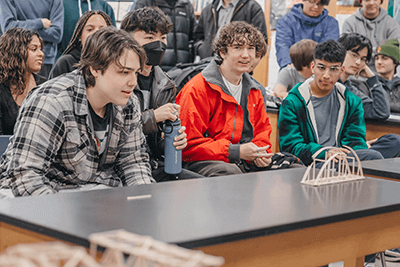 from Dr. Bill Hudson, head of school
from Dr. Bill Hudson, head of school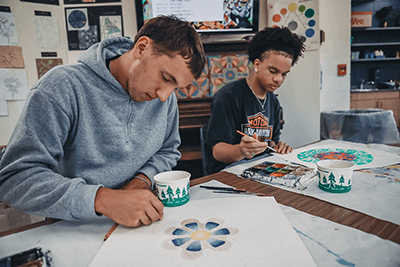 from Dr. Bill Hudson, head of school
from Dr. Bill Hudson, head of school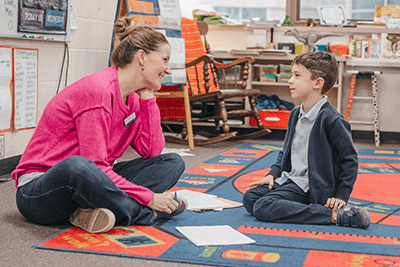 from Dr. Bill Hudson, head of school
from Dr. Bill Hudson, head of school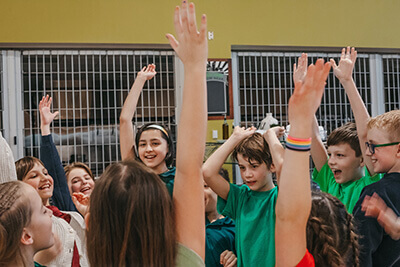 from Dr. Bill Hudson, head of school
from Dr. Bill Hudson, head of school from Dr. Bill Hudson, head of school
from Dr. Bill Hudson, head of school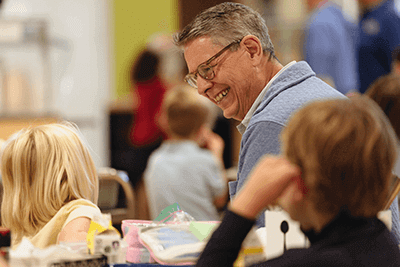 from Dr. Bill Hudson, head of school
from Dr. Bill Hudson, head of school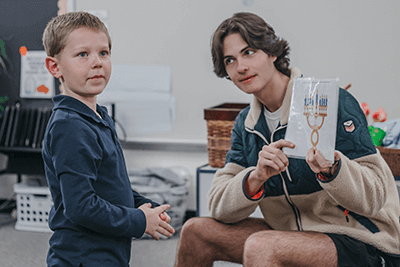 from Dr. Bill Hudson, head of school
from Dr. Bill Hudson, head of school